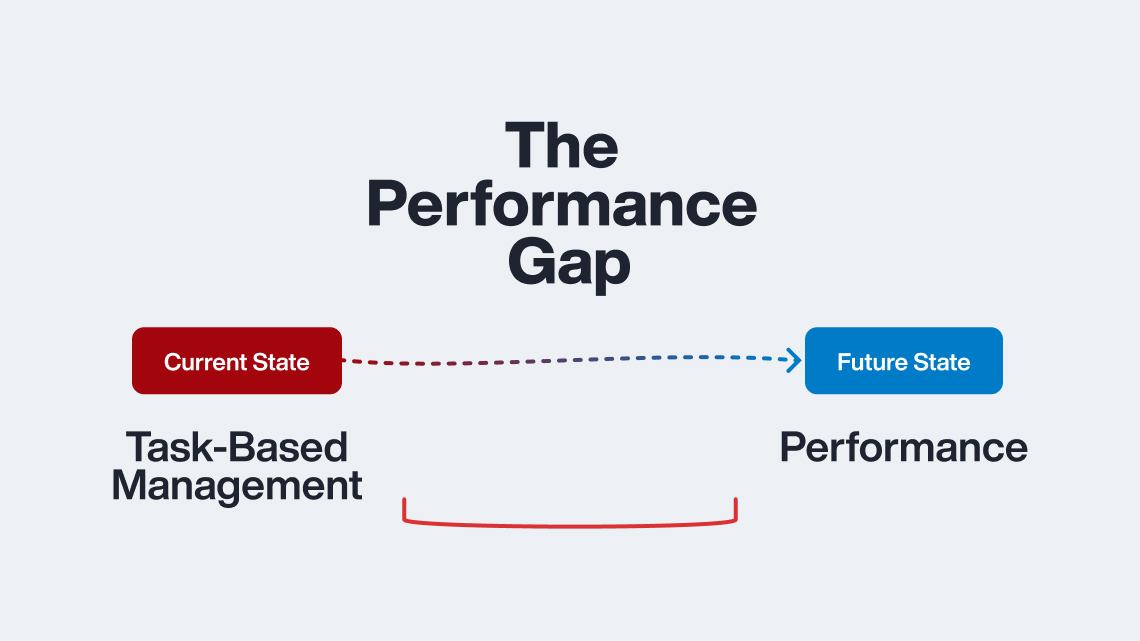Published on September 11th, 2020
By Brittany Benz
Regular inspection of your rental properties is vital. If you don’t conduct inspections often enough, you may miss some potentially serious and costly problems that could have otherwise been avoided. However, if you carry rental inspections out too often, you could risk souring the relationship with your residents, which could lead to increased churn. In this article, you’ll learn when it’s best to conduct rental inspections, how technology can streamline the process, and what you can do to make sure they’re a positive experience for both your team and residents.
When to Perform a Rental Inspection
Rental inspections should be a routine part of your maintenance workflow, and conducted when a new resident moves in, when an existing resident moves out, and on an annual or bi-annual basis for all of your current residents. Here we’ll take a deeper dive into these three key time periods:
When a New Resident Moves In
Also called a “move-in inspection,” this should be done with every new resident to help document any issues with the property. The best time to conduct a move-in inspection is when the resident gets the keys and signs the lease, but before their belongings have been moved into the unit. Completing a move-in inspection not only gives your team peace of mind, but your new resident as well, since they can be sure they won’t be held responsible for any previous damage.
When an Existing Resident is Moving Out
This is also called a “move-out inspection.” Just as the name implies, it’s done when a resident is moving out of a rental unit. It helps you determine the condition of the property when the resident leaves. Your residents are likely to take better care of the rental units when they know you’ll be doing an inspection upon their departure.
On a Routine Basis for Current Residents
One of the most common jobs you’ve probably had to complete as a property manager is a routine maintenance check. A routine inspection is more than just a quick chat with the resident at the door to see how everything is going. Routine checks help you prevent your property from losing value due to issues that can manifest themselves when left untreated. They are also a great way to keep your residents satisfied, a crucial factor when it comes to keeping turnover low.
During a routine inspection, property managers often check for things such as the safety and security of their residents, the overall cleanliness of the property, mold around kitchens and bathrooms, if all appliances are working, and if the heating or cooling system is fully operational, among other things.
Why Inspections are Important
Inspections may seem like an arduous task, but they can really pay off in the long run. Here are some reasons why routine inspections are critical to your property management business:
- Preventative way to mitigate serious issues, such as roof leaks, busted pipes, or termites from getting out of hand, which can cost your business and owners money
- Helps you monitor any potential safety hazards that could endanger your residents and increase your liability, such as malfunctioning smoke detectors or downed electrical wires or tree branches
- Improves resident satisfaction, which leads to better resident retention
- Ensures your residents are following lease terms, keeping your unit in good condition, and taking care of any tenant-required maintenance tasks
- Helps you maintain and in some cases improve the value of your property
Best Practices for Conducting Inspections
When carrying out an inspection it’s best to stick to a set of guidelines to ensure you don’t miss anything and that your residents feel comfortable. Follow these five best practices when conducting your rental inspections:
Give Notice Prior to Inspections
Your residents have the right to the quiet enjoyment of their homes and privacy. Unless you suspect your current resident is violating restrictions or policies within their lease, like unapproved residents or pets, it’s best to provide advance notice (at least 24 hours) before an inspection. Even if the worst they have to hide is dirty laundry or dust, unless you’ve stipulated the potential for surprise inspections in your lease agreement, legally you must give advance notice.
Follow Social Distancing & Safety Measures
When conducting an inspection be sure to wear proper safety gear, such as a face mask and gloves, and maintain proper social distancing to ensure your safety and the safety of your residents. In addition, clearly communicate your safety policies to your residents and ask them to also wear a mask if they will be present for the inspection.
Encourage Resident Presence During Property Inspections
If possible, you should have at least one primary leaseholder present during your inspection, with the social distancing and safety guidelines followed above. This could prevent any accusations of theft or mischief down the line, and it will also give you the opportunity to ask the resident about any potential problems with appliances, systems, or concerns about the unit. Residents are often very willing to open their homes to you just to catch your ear about a needed repair or suggestion.
Make Sure Residents Understand Why You’re Doing the Inspection
Kitchen faucet leaking? HVAC system in need of service? Structural integrity, appliance, and systems checks are key to good property management. Be sure to let your resident know the reason for your visit, and explain how it benefits both of you to have routine inspections.
Don’t Take Photographs Indoors of Personal Items
You may only intend to get that sagging windowpane, but you accidentally got part of the wall that features family photos. Unlike a vacant unit, occupied rental property inspections have certain rules, and taking photos of identifiable personal items like pictures, valuables, pets, or people is not a good idea.
Document Any Issues
It’s important to visually and physically document issues, but it’s equally essential to address such problems with your resident—in writing. Verbal confrontations could lead to residents skipping out on you, bad mouthing your reputation as a property manager, or even legal troubles down the line. Keep your notifications formal and in writing if problems surface during your property inspection. Having a modern property management software in place can make tracking such types of communications and documents easier. Read more on that below.
How Technology Can Help Streamline Inspections
The old paper and pen way of conducting rental inspections is now a thing of the past. With modern technology tools you can optimize your inspection process, save time, keep better records, and increase transparency for your team and your residents.
Mobile inspections are becoming a very popular way to facilitate inspections, and they can all be done on your phone. Innovative property management software like AppFolio Property Manager has mobile tools built-in—such as voice dictation and image storage—enabling you to take notes verbally, upload photos directly to your device, and record the condition of your property as a whole and each room in detail. No need to import or export property inspections using a third-party tool, Mobile Inspections are completely integrated within the software.
Pam Steele, Resident Relations Manager of Urban Village, Inc., has had great success with this feature. In fact, since implementing AppFolio’s Mobile Inspections Urban Village has been able to improve their communications, “We have recently started using AppFolio’s Mobile Inspections feature, so when our maintenance team is in the field, they are using the online inspections report. They can easily attach photos so we have accurate documentation of the properties. With the mobile app, quick communication, and all of the maintenance features, I would absolutely say we’re saving time and are able to provide excellent service to our customers.”
Overall, inspections are an important aspect of property management. A quick inspection could help avert significant expenses down the road, and with modern tools, it’s easier and faster than ever to keep track of the condition of your properties. Whether annual, interim, or spot—regular inspections should be on your agenda. Keep these helpful tips in mind to keep your residents happy and your properties in tip-top shape. For strategies on how to provide superior property maintenance service, check out this ultimate guide.









Comments by Brittany Benz